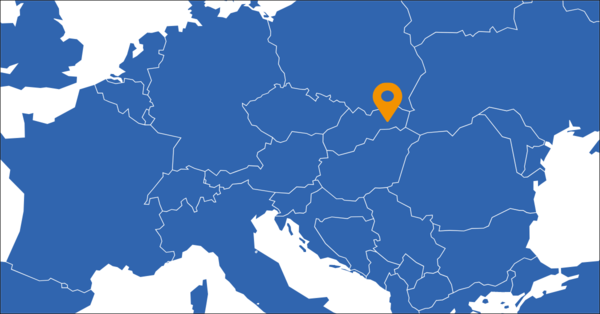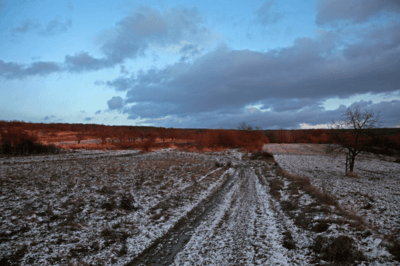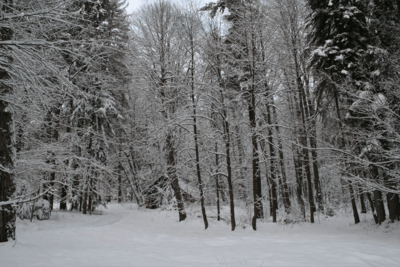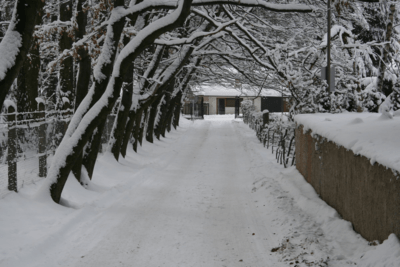
Water Councils in the Košice Region: A Successful Tool for Stakeholder Cooperation
One of the biggest challenges in planning and implementing climate change adaptation measures is effective communication and stakeholder engagement – inc...


The Košice Region is a territorial-administrative region located in the south-eastern part of Slovakia. In the north it borders with other Slovak Regions, in the south with Hungary and in the east with Ukraine. In 2021 there were 782 216 inhabitants in the region. Region covers an area of 6,752 km2 and consists of 11 districts (okresy) and 440 municipalities, 17 of which have a town status. About one third of the region's population lives in the agglomeration of Košice, which is its main economic and cultural centre.
The Košice Region is geographically very varied. The region has plains, hills, mountain ranges, basins, and river valleys. The East Slovak Lowland sits at approximately 100m altitude, while peaks like Slanské vrchy and Slovenské Rudohorie exceeding 1000m. This varied terrain influences distinct climatic conditions throughout the region, and the region is coping with various problems related to climate change. Including prominent risks like droughts, floods, and heatwaves. Rural regions struggle with land degradation caused by extensive farming, loss of land cover, and deforestation, exacerbating flooding issues by compromising soil structure. In urban zones, inadequate rainwater management and the prevalence of paved surfaces (parking lots, paved surfaces, shopping centres, and industrial parks) contribute to local flooding and intensify the impacts of heatwaves.


In the context of LAND4CLIMATE, replicating regions play a crucial role as observers and learners, focusing on knowledge and experience exchange with their relative frontrunning region. This approach aims to replicate the success of these measures in a practical experiment, assessing their adaptability in a different regional context. The emphasis is on knowledge transfer and skill development through collaborative efforts with the partner region. To facilitate this knowledge exchange, replicating regions participate in training programs related to the NBS efforts of LAND4CLIMATE. In essence, the replicating regions serve as active participants in the scaling-up process, contributing to the broader goal of extending the reach and effectiveness of NBS initiatives. By fostering collaboration and learning from frontrunning regions, they enhance their capacity to address climate challenges and contribute to a sustainable and resilient future.
In case of the Slovak regions, the frontrunning region, the Roňava river basin, is part of the larger replication region, the Košice region. Notably, any successes achieved within the frontrunning region will have a visible impact on the surrounding areas of both the frontrunning region itself and the broader Košice region. The positive outcomes and advancements made in the frontrunning region will serve as a tangible model for success, influencing and benefiting the neighbouring areas within the Košice region.
